Ask a question or book an appointment today on
01344 845801 or email info@scorpiophysio.com

Join the mailing list
We'll keep you in touch with all the latest news from the clinic.
Be the first to find out about new innovations, offers and much more.
Are you likely to develop back pain?
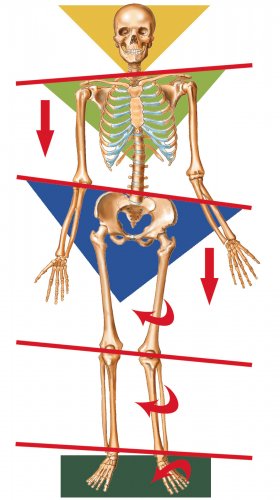
Back pain is a common problem in the exercising and non-exercising population. In our busy schedule we don’t get enough time to exercise. Even if we get time, we generally stick to the same sort of regime: cycling a few times a week, a bit of running or cross training. Unless we do a variety of exercises such as pilates or yoga classes, certain parts of our spine can remain stiff. This leads to compensatory movements in other parts of the spine - commonly the base of neck or the base of the lower back. Lack of flexibility at the ‘stiff’ part of the spine leads to excessive compensatory movement at the ‘bendy’ part. This is one of the most common causes of back pain. Other causes of pain could be tight muscles, weak core, postural strain etc.
Here are some key tests to predict and prevent back pain:
Check your lumbar extension: Lie flat on your front with your hands under your shoulders. Raise your chest off the floor leaving your hips on the ground. You should be able to do this comfortably with the elbows fully straight
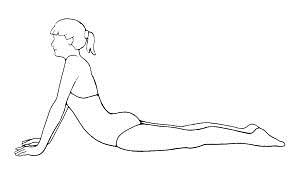
Check your thoracic spine extension: sitting in front of a computer or driving makes us slouch, leading to rounded shoulders and a stiff upper back. To compensate we start putting strain on the lower back or neck, provoking pain. To check your thoracic flexibility, sit up straight in a chair with your arms outstretched in front. Keeping both hands together see how far you can take your arms above your head without arching your lower back. Ideally you should be able to raise your arms to 170 degrees or above.
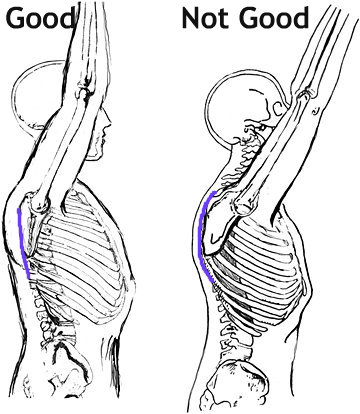
Single legged squat: if the hip on the non-weight bearing side drops or your knee or foot roll inwards it means you have weak muscles/slings in your hip girdle or legs. This will put excessive strain on your back when you stand or run.
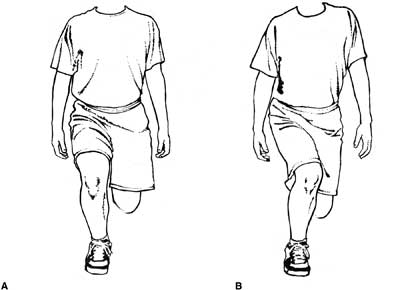
Bilateral leg raise: lie flat on your back and try to raise both legs a few inches off the floor. While doing this if you experience back pain or you have to arch your lower back/neck or raise your shoulders off the floor STOP! It means you have weak core muscles (Please don’t start doing abdominal crunches or sit ups to strengthen your core. Seek advice from a physio first).
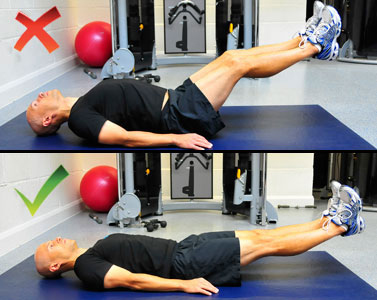
These are some quick screening tests. All these issues if professionally addressed with manual treatment and prescribed exercises can help to prevent and treat the underlying cause of your back pain or neck pain.
Thanks to Vikas for this article
Comments
Leave Comment
jHours of business
Virginia Water
Monday to Friday 7.30am – 8pm
Saturday 8.30am – 5.30pm
Sunday emergencies – please call 01344 845801
Lightwater
Monday 9am - 4pm
Thursday 9am - 4pm
Englefield Green
Thursday 9am - 4pm
Bank Holidays
Emergencies can usually be seen at Virginia Water. Please call 01344 845801
How much will it cost?
Each session is charged at £60.00, whether it is the initial assessment / treatment session or a follow-up treatment, with shockwave, pilates and men's health packages by arrangement. Find out more about private medical insurance cover...
